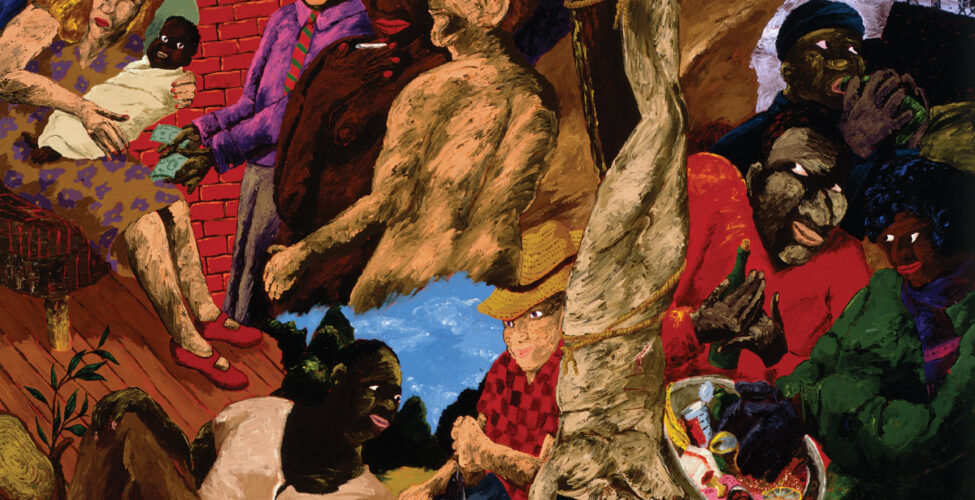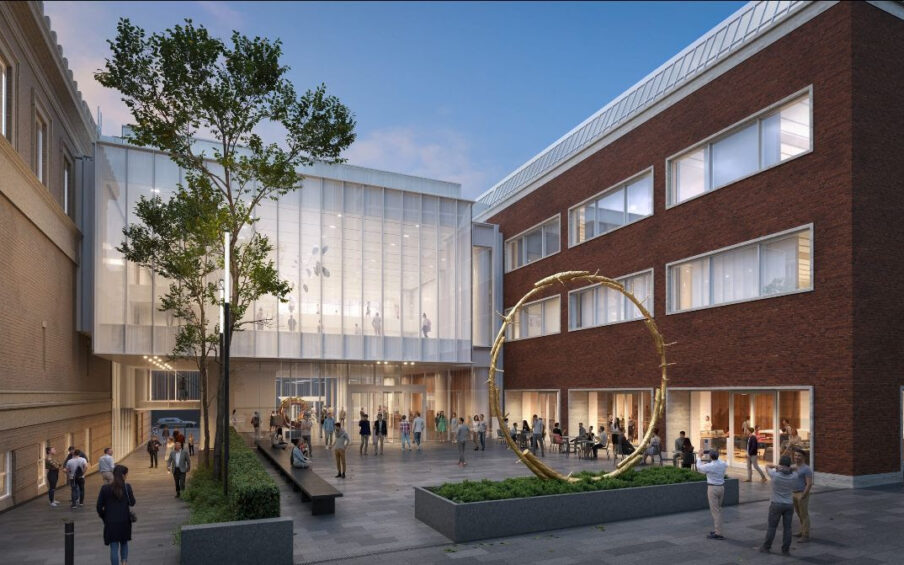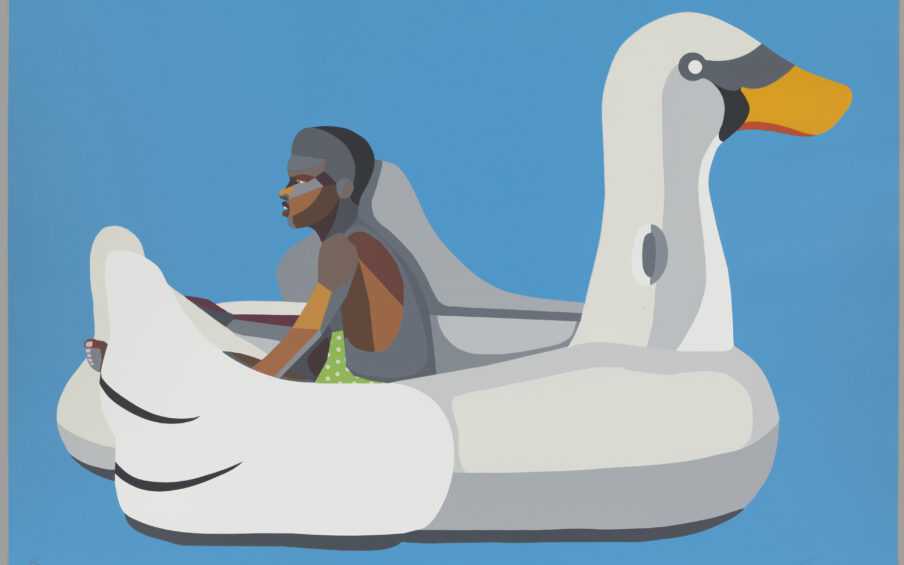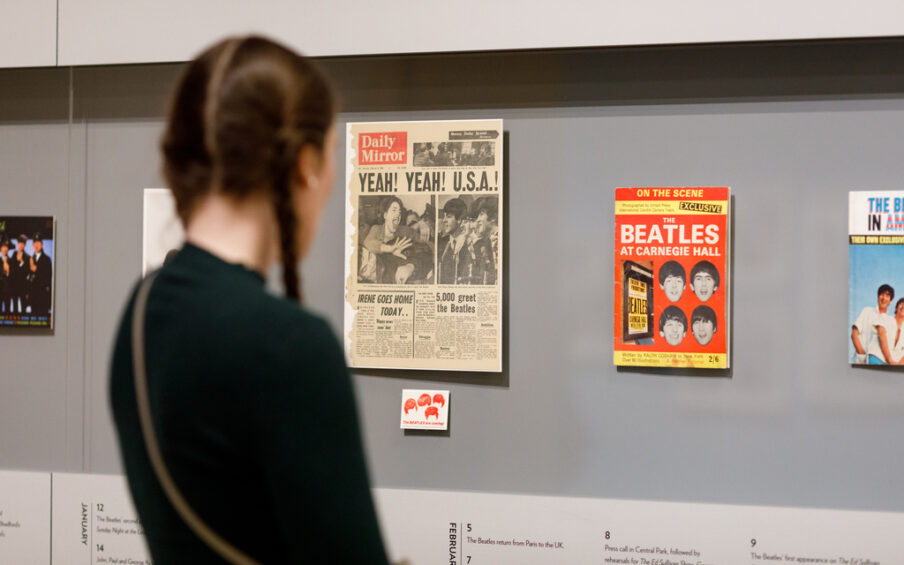Artist Robert Colescott‘s explorations of racism and misogyny reflect ambiguous relationships between belief and practice, individual and society, and sex and repression. His works illuminate what writer Barbara Babcock calls, “a tolerated margin of mess,” which she defines as areas of duality which obliterate conventional societal codes.
As is clear in Art and Race Matters: The Career of Robert Colescott (extended through December 13 at the Portland Art Museum), Colescott’s provocative paintings are worlds saturated in satire, where mischief and transgression are not mutually exclusive and logic is not the point. By ignoring cultural boundaries he subverts our self-insulating insistence on the need for comfort and safety. With a wink and a smile, he invites us, one canvas at a time, to observe a rogues gallery of contradictions prancing through surreal “Taboos’R’Us” pastiches or bucolic settings—some cloaked as stereotypes, others in Disney dayglo–behaving in ways we’d rather not know about. He portrays exploits which make us extremely uncomfortable. Are women sexually harassed or willing participants? Is the Black man a victim or the aggressor? Are we trapped in history or is history trapped in us? These sideshows are not meant to be understood concretely, but more as something to be seen through, offering something beyond the superficialities of consumerism, structures of the past, or plain old complacency.
Colescott’s art provokes examination of a kind of counter-culture experience, an immensely uncomfortable process of inquiry and of shedding. He invites us to embrace the words of James Baldwin by showing us, “the masks we fear we cannot live without and know we cannot live within.”
I believe that this kind of examination and the discomfort that results is the gateway to vulnerability, which is the most powerful vehicle for evolution and metamorphosis into a culture where all people are POC (People of Consciousness). From this perspective, we can reclaim our humanity.
Philosopher Jean-Paul Sartre said, “Freedom is what you do with what’s been done to you.” Herein lies the beauty of Robert Colescott’s “tolerated margins of mess.” His images are the antidote necessary to reimagine new, unconventional societies dedicated to the well being of humankind, rooted in egalitarianism, broadmindedness, compassion, and wisdom.
What are you willing to let go of? What do you want to grow into? Whatever life you’re in is a channel for change. Polymath Terence McKenna declared, “If the artists cannot find the way, then the way cannot be found.” Robert Colescott has shown us the way. It would behoove us to follow.
—Sharyll Burroughs, multidisciplinary artist
Sharyll Burroughs is a multidisciplinary artist and dialogue facilitator who utilizes art, Buddhism, and the practice of self-inquiry, to question and deconstruct identity beyond racial, cultural, or societal definitions, an unorthodox approach which cultivates dialogues embodying our common humanity. She attended the Santa Monica College of Design, Art, and Architecture, a school founded by MacArthur Genius Fellow, Joan Abrahamson. Her work has been featured in solo and group exhibitions in Los Angeles, California and in Portland, Oregon.



